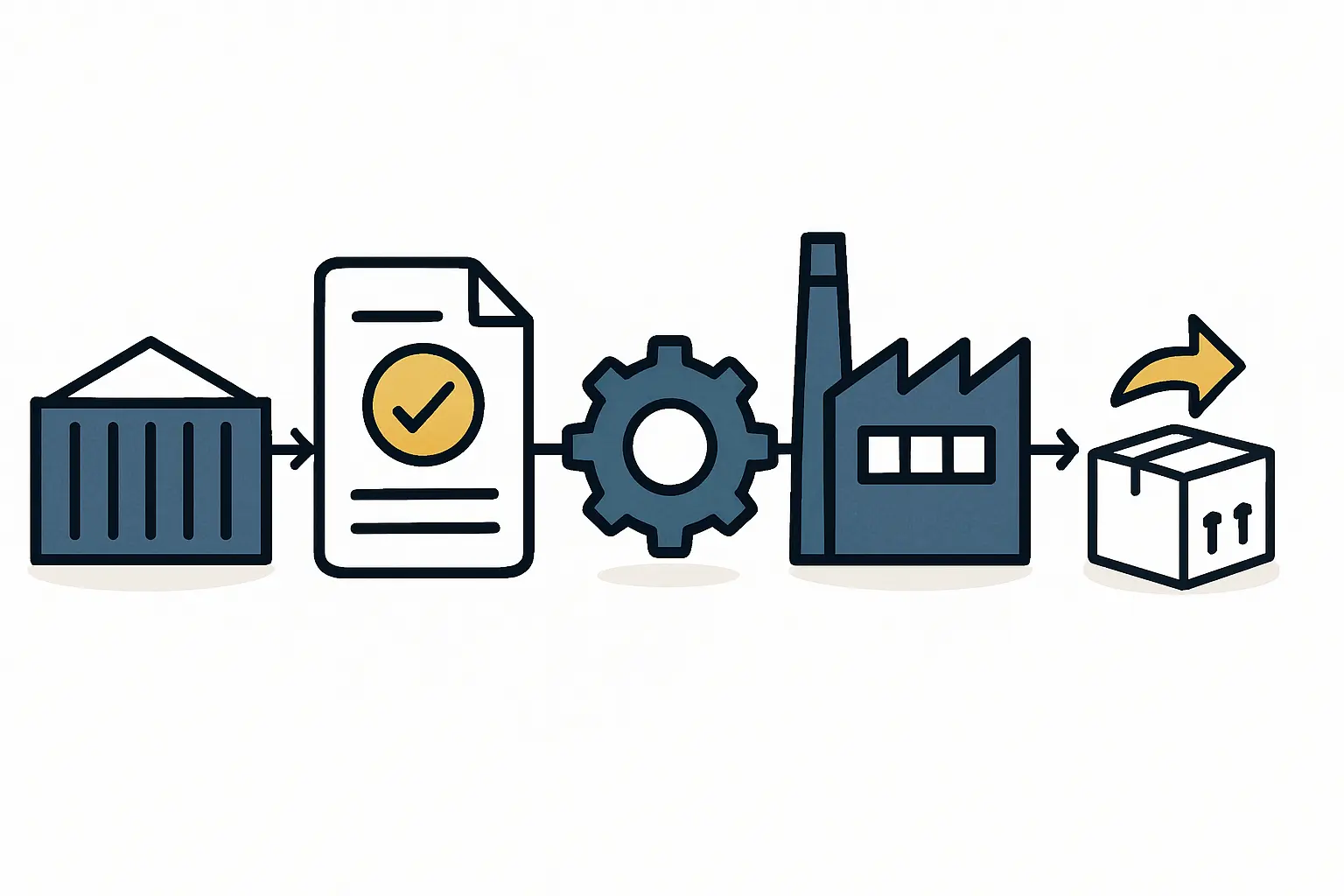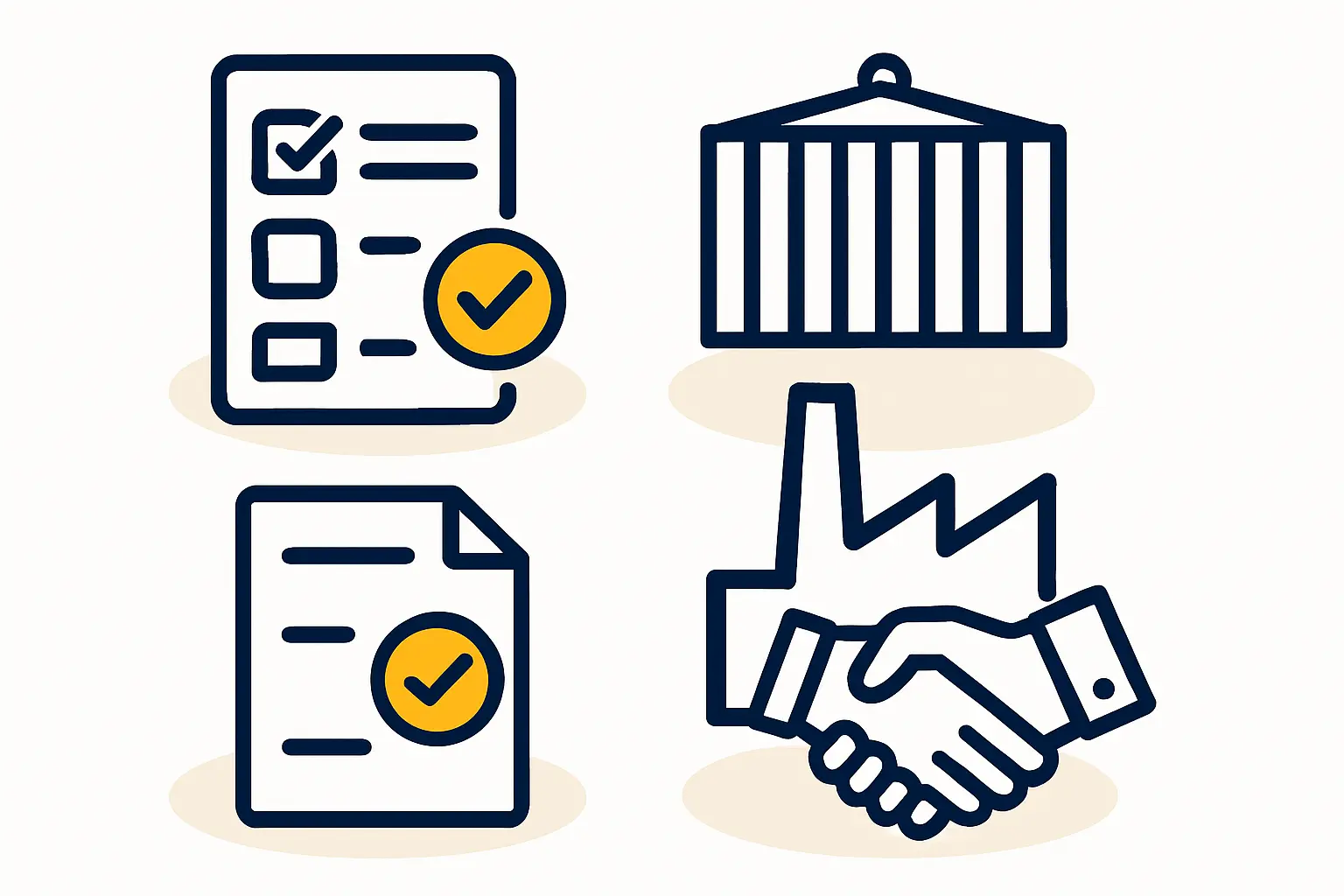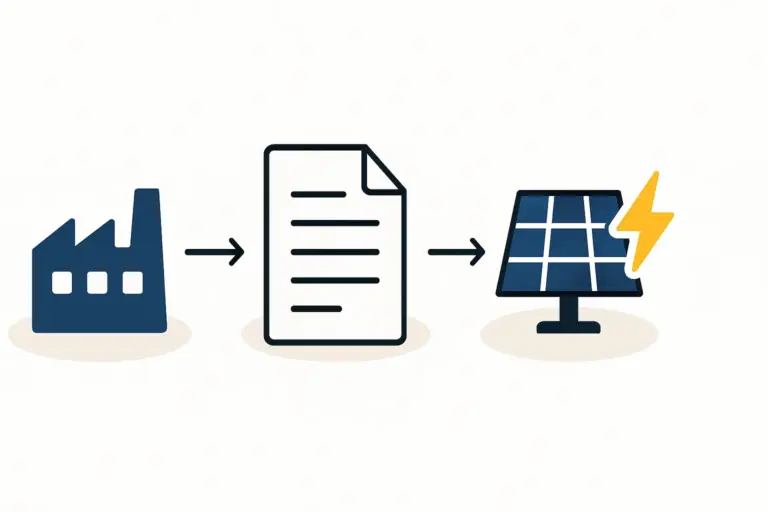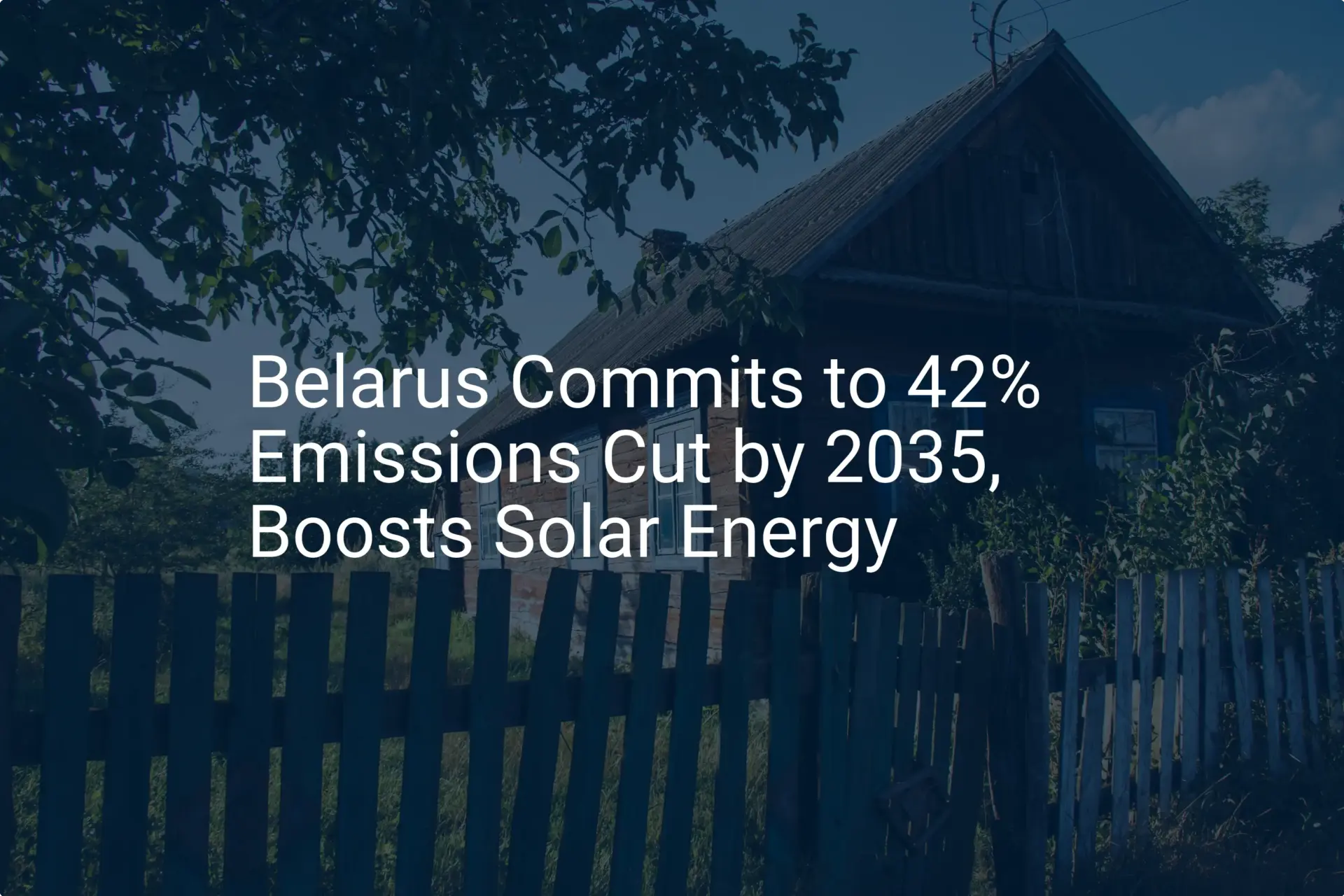An entrepreneur might see Belarus as a compelling location for a new solar module factory, drawn by its strategic position in Eastern Europe and access to skilled labor.
It is easy, however, to overlook a critical factor that can determine a project’s profitability: the complex web of customs and logistics. Even the most advanced production line is of little value if raw materials are delayed at the border or finished products face unforeseen export barriers.
Understanding the flow of goods is more than just an operational task—it is a strategic pillar of your entire business plan. This guide lays out the customs framework, logistical infrastructure, and key considerations for importing raw materials and exporting finished solar modules from Belarus, providing a clear roadmap for potential investors.
Table of Contents
The Strategic Context: Belarus and the Eurasian Economic Union (EAEU)
As a founding member of the Eurasian Economic Union (EAEU)—along with Russia, Kazakhstan, Armenia, and Kyrgyzstan—Belarus offers a unique operating environment. This membership is the single most important factor for any manufacturer in the country, as the EAEU functions as a customs union with a unified customs tariff and non-tariff regulation system.
For a solar module manufacturer, this creates a two-sided reality:
- Importing: Materials brought into Belarus from outside the EAEU, such as solar cells from Asia or specialized glass from Europe, are subject to the EAEU’s Common Customs Tariff.
- Exporting: Finished modules produced in Belarus can be sold across the entire EAEU market without incurring further customs duties, offering access to over 180 million people.
Importing Raw Materials: Procedures and Common Challenges
The success of a solar manufacturing operation depends on a reliable and cost-effective supply chain. Managing the import of core components into Belarus requires careful planning.
Key Materials and Customs Classification
The primary imported goods for a solar module assembly line include:
- Solar cells
- EVA (Ethylene Vinyl Acetate) film
- Tempered glass
- Backsheets (TPT or other polymers)
- Aluminum frames
- Junction boxes
Each of these items must be correctly classified using Harmonized System (HS) codes. Incorrect classification is a common cause of delays and financial penalties. For instance, EAEU customs data shows that misclassifying specialty polymers can lead to clearance delays of 7–10 business days while authorities verify the material.
Tariffs, Taxes, and Potential Exemptions
Upon import, goods are typically subject to:
- Customs Duties: Levied based on the EAEU’s common tariff rates, which can range from 0% for certain high-tech components to over 10% for other materials.
- Value Added Tax (VAT): The standard VAT rate in Belarus is applied to the customs value plus duty.
- Customs Fees: Administrative charges for processing declarations.
Fortunately, Belarus offers investment incentives that can mitigate these costs. Under certain conditions, equipment and raw materials imported for a registered investment project may be eligible for exemptions from import duties and VAT deferment. Exploring these programs with local authorities is a critical early step.
A common pitfall is assuming that posted tariff rates are fixed. An investor in a renewable energy project in North Africa, for example, initially projected costs based on standard rates, only to discover later that the project qualified for a 50% duty reduction under a regional development program, significantly improving the business case.

Exporting Finished Solar Modules: Accessing Regional Markets
The primary advantage of manufacturing in Belarus is streamlined access to the vast EAEU market. To leverage this, finished solar modules must be officially recognized as “Made in Belarus.”
Certificate of Origin (Form CT-1)
To export goods duty-free to other EAEU member states, a producer must obtain a Certificate of Origin, typically the CT-1 form. This document proves that the goods underwent “sufficient processing” within Belarus. The criteria are defined by EAEU regulations and usually involve a significant change in the product’s HS code or achieving a certain percentage of local value-add.
The assembly of a solar module from imported components—connecting cells, lamination, framing, and testing—is generally considered sufficient processing. Securing this certification is a procedural but non-negotiable step for market access.
Logistical Infrastructure for Exports
Belarus has a well-developed network of road and rail connections, particularly toward Russia, its largest trading partner.
- Road Transport: The most common method for transporting modules to clients in Western Russia. A standard truck can deliver a shipment from Minsk to Moscow in one to two days.
- Rail Transport: For larger volumes or destinations further east, such as Kazakhstan, rail becomes a more cost-effective option.
Logistics should be considered from the outset, even when planning the factory layout. A facility with poor road access or insufficient loading capacity can create bottlenecks that undermine production efficiency. Logistical planning is integral to a building’s design, a point emphasized in industry resources like the pvknowhow.com e-course on setting up a turnkey solar manufacturing line.

Frequently Asked Questions (FAQ)
Q: What are the most common reasons for customs delays in Belarus?
A: The most common issues stem from incorrect documentation. This includes inaccurate HS code classification, discrepancies between the invoice and the actual goods, or incomplete information on the customs declaration. Working with an experienced local customs broker is highly advisable to prevent these errors.
Q: Are there any special economic zones (SEZs) beneficial for solar manufacturing?
A: Yes, Belarus has several Free Economic Zones (FEZs) that offer significant tax and customs incentives to resident companies. These can include exemptions from profit tax, real estate tax, and import duties for a specified period. Locating a factory within an FEZ can substantially improve a project’s financial model.
Q: How is the customs value of imported goods calculated?
A: The customs value is typically the transaction value—the price actually paid or payable for the goods—plus the costs of insurance and freight (CIF). It is critical that all commercial invoices accurately reflect the transaction value to avoid disputes with customs authorities.
Q: What quality standards are needed for exporting to the EAEU market?
A: While EAEU-wide technical regulations are still developing, finished solar modules should meet internationally recognized standards, such as those from the IEC (International Electrotechnical Commission). Achieving solar module quality certifications like IEC 61215 and IEC 61730 is essential not only for export but also for securing project financing and building customer trust.

The Path Forward: Integrating Logistics into Your Business Plan
Navigating the import-export landscape in Belarus is less about memorizing regulations and more about strategic planning. The flow of goods is not an administrative footnote—it is a core component of any successful solar manufacturing venture.
By understanding the EAEU customs framework, anticipating documentation requirements, and designing logistical workflows from day one, an entrepreneur can turn a potential obstacle into a significant competitive advantage. Developing a comprehensive financial model that accurately reflects these logistical costs and opportunities is the critical next step.






